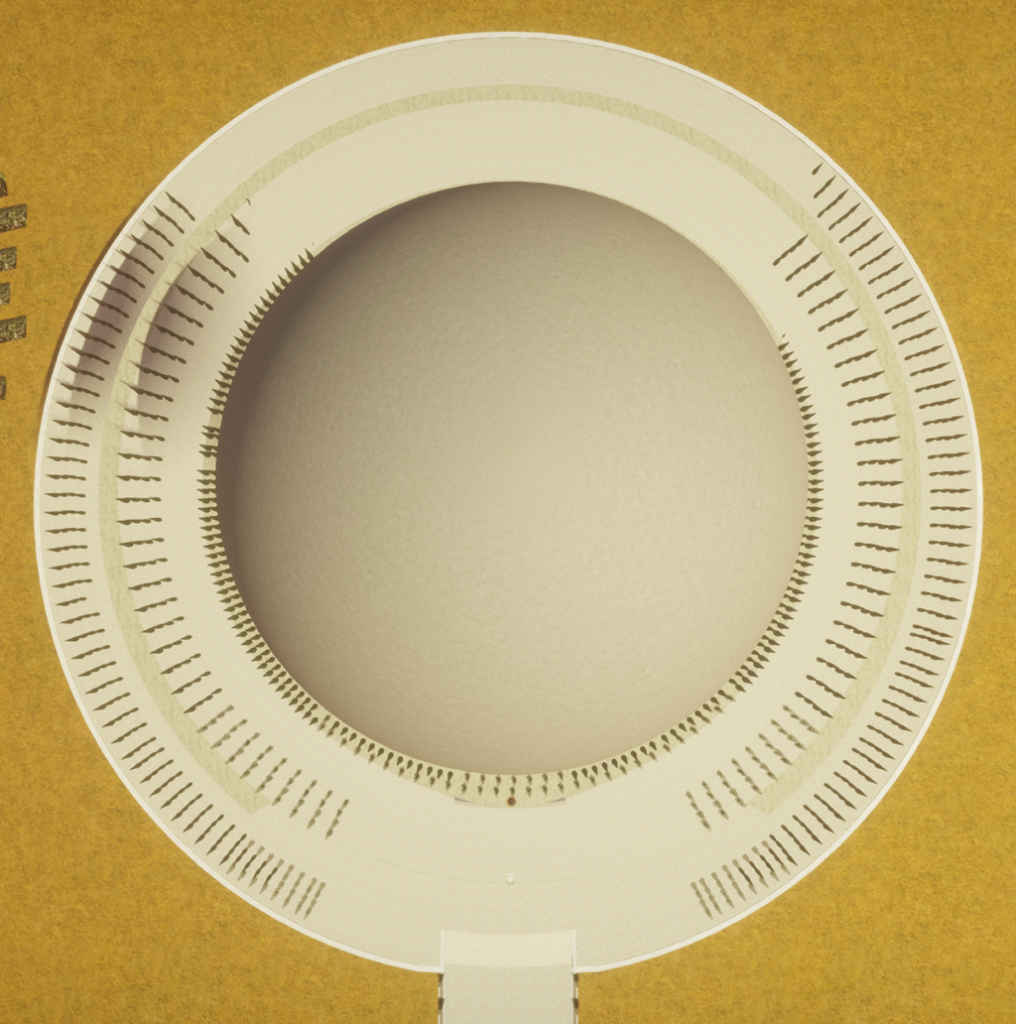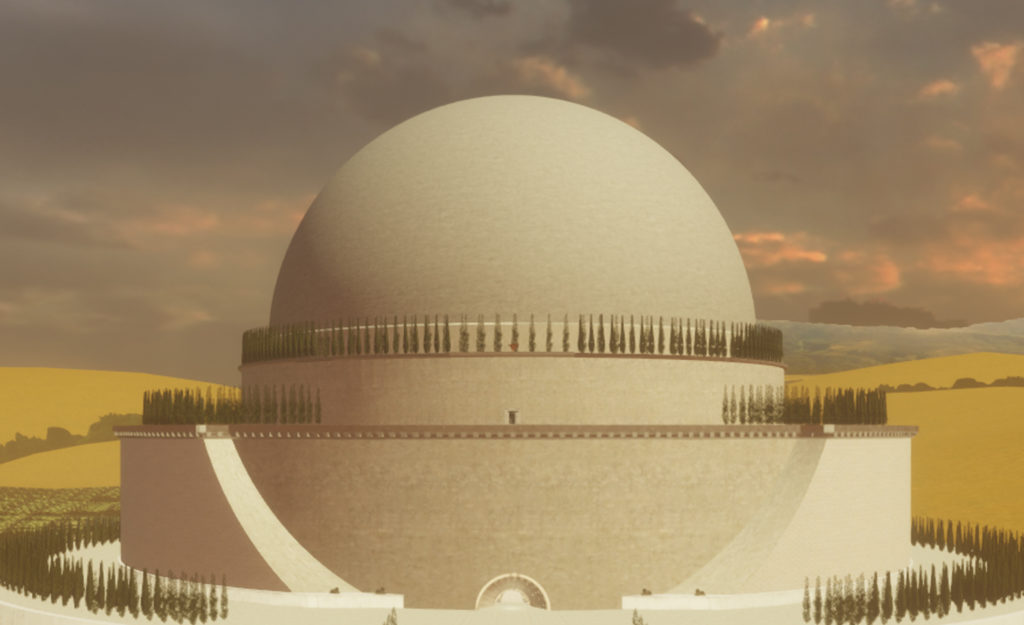

Appeared in Engadget, Variety and Motherboard
Linden Lab lifted the veil on Sansar, the long awaited followup to Second Life, allowing the general public to explore VR environments that beta-testers have been creating for the platform. Among the usual suspects of ritzy nightclubs and elven cities is something unexpected.
Over the summer, a group of digital artists from Ball State University used Sansar to construct a digital replica of Newton’s Cenotaph—one of the most awe-inspiring neoclassical structures to never have been built.
“The building is really at this preposterous and fantastical scale,” director at Ball State’s IDIA Lab John Fillwalk told me in a phone interview. IDIA Lab is a division within Ball State’s College of Architecture and Planning that explores the intersection of digital and physical design.
“With this technology, you can build the impossible, or at least the impractical,” said Fillwalk. It had been a long-time aspiration of his to digitally assemble Newton’s Cenotaph in some shape or form, and Sansar provided a convenient way to bring the unrealized work of architecture to life.
The Cenotaph is a great, big dome of a building, originally imagined by the French architect Étienne-Louis Boullée in the 18th century. But Boullée’s more grandiose designs tended to skirt the limits of feasibility, and thus rarely saw the light of day. The Cenotaph’s design, for instance, eclipses the height of the Great Pyramids at 455 feet.
“It would take an enormous amount of labor to do something like that in reality,” Fillwalk said. “And the engineering to pull it off would be an outstanding undertaking.”
Sansar made it easier. To begin with, Fillwalk got ahold of high resolution scans from Boullée’s architectural prints. Following them as closely as possibly, the group recreated them in 3D modeling software Maya.
While the exterior of the unbuilt building is expansive, the interior is mechanically intricate. Boullée envisioned the building as a monument to Isaac Newton, who among other things, worked out mathematical proofs for heliocentrism, the idea that planets orbit around the sun.
In tribute, a great brass armillary sphere, representing the motion of the planets, was intended to rotate within the equally great dome.
One of VR’s greatest assets is giving users a sense of scale, so the medium was a natural fit for resurrecting impossible works of overambitious architecture, Fillwalk said. In fact, the Cenotaph may be too big.
“Because it takes so long to walk through it normally, we put in a teleport feature as a speedy way to get through it,” he said.
https://www.vice.com/en/article/zm4pe4/newtons-cenotaph-has-finally-been-built-but-in-vr